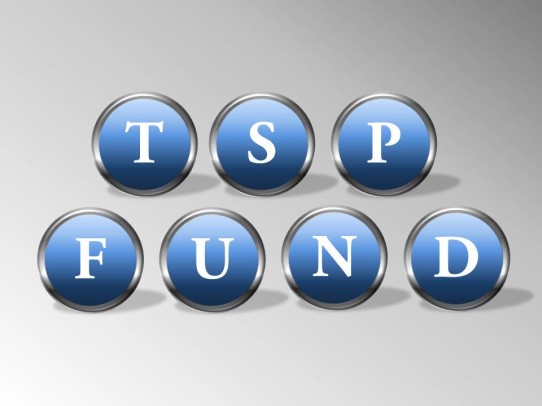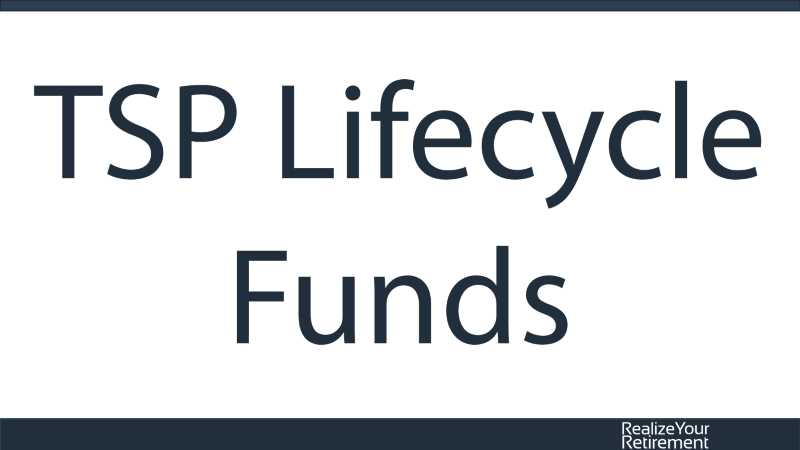Government TSP: Overview of the Federal Thrift Savings Plan Funds
The federal government’s thrift savings plan, commonly called the TSP, has long served as a low cost savings method for government employees. The five base funds of the TSP offer government employees access to five major asset classes in which they may invest.
TSP funds are not mutual funds, which means they cannot be invested in by the general public. Instead they are trust funds that are managed by Blackrock Institutional Trust Company. These trust funds have management fees of .039% and below, which comes out to $0.39 per $1000. To keep management fees and transaction costs low, participants in the TSP are only allow 2 interfund transfers each month, after which they may only transfer money into the G Fund.
Check Out The Video Overview
The TSP is broken down into the following funds:

C Fund – Common Stock Fund
The C fund tracks the S&P 500, which is an index of the 500 largest companies in the United States. These stocks are considered large cap stocks.
I Fund – International Stock Fund
The I fund tracks the Morgan Stanley Capital International EAFE Index, which includes large companies based in the regions of Europe, Australasia and the Far East. This fund typically invests in developed nations such as France, Germany, the United Kingdom, Japan, Switzerland, and Australia.
S Fund – Small Cap Stock Fund
The S fund Dow Jones US Completion Total Stock Market Index. This index includes small to medium sized companies in the United States. Small cap stocks are generally riskier than large cap stocks, but have historically offered higher expected returns that are commensurate with the higher risk investors take.
F Fund – Fixed Income Fund
The F Fund tracks the Barclays Capital U.S. Aggregate Bond Index, formerly known as the Lehman Aggregate Bond Index. This index tracks investment grade bonds in the United States. This includes corporate bonds, Treasury bonds, and government agency bonds. This index does not include municipal or TIPS.
G Fund – Government Securities Fund
The G Fund directly purchases investment grade government securities issued by the Treasury department. These bonds are specially issued and nonmarketable, meaning they are not bought and sold on an exchange, which insulates this portfolio from interest rate risk.
L Fund – Lifecycle Funds
Investors may also invest in lifecycle funds, the L Fund series, which invests their money in a predetermined plan according to their date of retirement. I’m not a big fan of lifecycle funds as the L Funds only concentrate on one aspect of investor’s needs, age, instead of their other investments, the economic environment, and risk tolerance. I’ve written an article just on the L funds in my post What Everybody Ought To Know About TSP Lifecycle Funds. (Soon to be updated for 2014.)
If properly allocated, together these funds can produce an adequately diversified portfolio until retirement, when an employee can rollover their TSP into an IRA and produce a much more diversified portfolio across an increased number of asset classes.
Have Any Questions?
If you have any questions about the TSP, contact me by clicking here.
(This posted was last updated on July 15, 2014 from its previous version, which was originally published in January of 2013)



Kim Carpentier
Dieter:
I signed up for your “Retirement Academy”. This is you correct? I am anxious and excited to hear of the fruits of your diligent work in this area.
Sincerely,
Kim
Dieter Scherer
Thanks Kim!
Absolutely, I’m still working on the content (it’s had to take a back seat to some other projects) and I hope to get it up sometime soon. The Social Security seminar is up as part of it, I simply haven’t changed the banners to reflect that yet.
Best,
Dieter